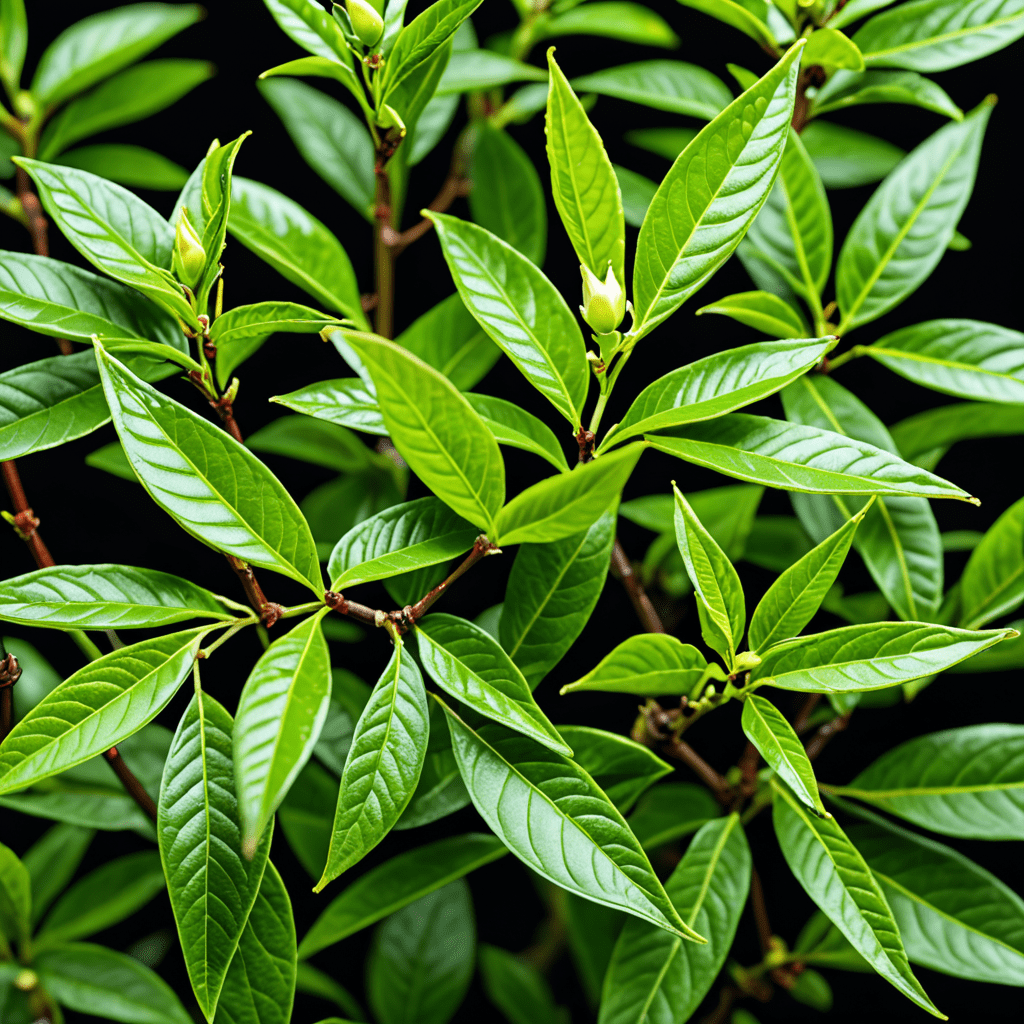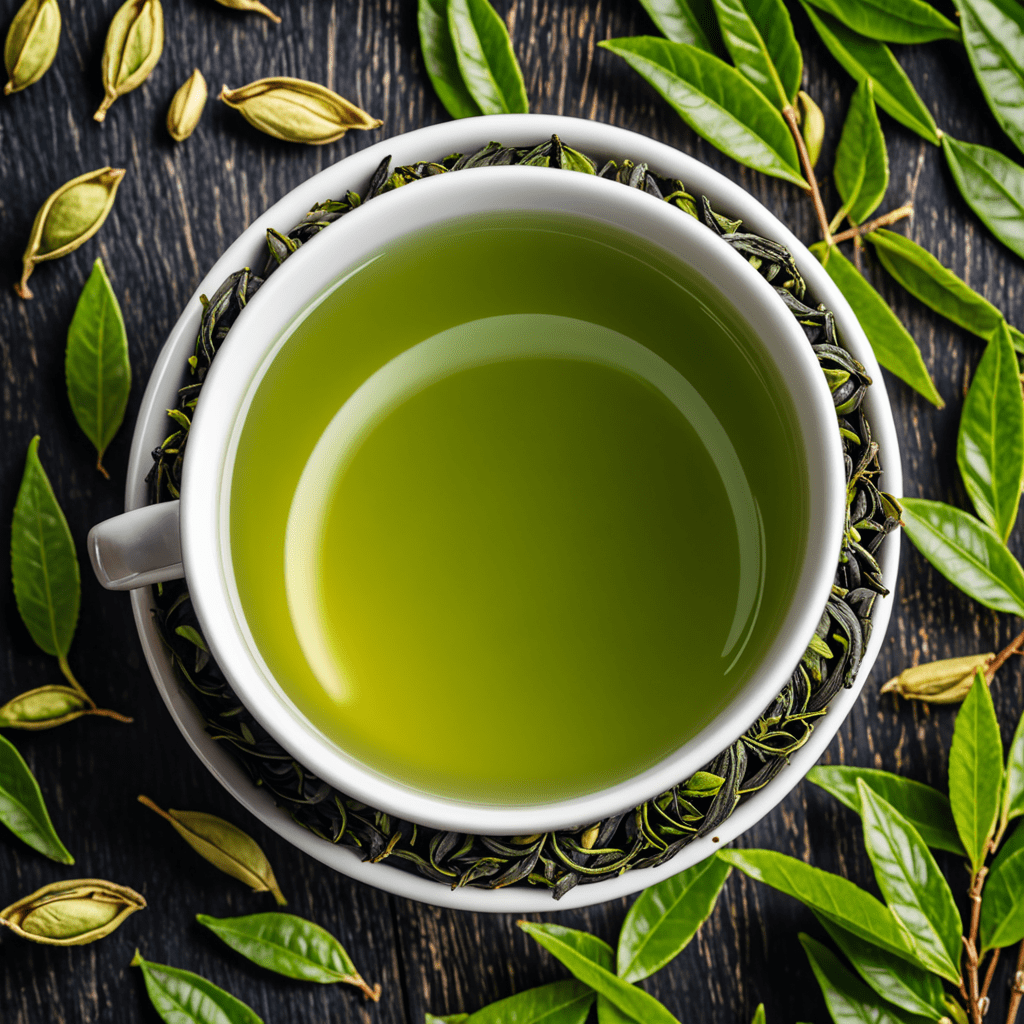The Vibrant and Versatile Green Tea Plant: A Guide to Its Cultivation and Benefits
Discovering the Green Tea Plant: An Introduction
The green tea plant, scientifically known as Camellia sinensis, is renowned for its significant role in tea production. It is a species of evergreen shrub or small tree whose leaves and leaf buds are used to produce one of the most popular and health-enhancing beverages in the world – green tea. Understanding the cultivation process and the potential health benefits of the green tea plant can provide valuable insights for tea enthusiasts and health-conscious individuals alike.
Cultivating the Green Tea Plant: Key Factors
Cultivating the green tea plant requires attention to specific factors, including climate, soil, and altitude. The plant thrives in regions with a combination of acidic soil and ample rainfall. Ideal temperatures for cultivation range from 45 to 65°F. The plant is predominantly cultivated in regions such as China, Japan, and India, where these favorable conditions exist. Understanding these key factors is essential for successful cultivation.
The Process of Cultivating Green Tea
The cultivation process of green tea begins with the careful selection of suitable planting sites. It involves steps such as seed germination, nursery management, and planting. Regular watering and protection from pests and diseases are crucial during the initial stages. The proper management of shade and sunlight exposure contributes significantly to the quality of the leaves. Once mature, the leaves are ready for harvesting and further processing into green tea.
Health Benefits of Green Tea: Nutritional and Antioxidant Properties
The green tea plant boasts a variety of health benefits attributed to its rich nutritional profile and antioxidant properties. Green tea is a natural source of polyphenols, particularly catechins, which have potent antioxidant effects. These compounds may help protect cells and support various aspects of heart health. Additionally, the moderate caffeine content in green tea can contribute to increased alertness and mental focus.
Brewed Wellness: Exploring the Health-Promoting Potential of Green Tea
Consuming green tea may offer a range of potential health benefits, including improved brain function, enhanced fat burning, and reduced risk of certain types of cancer. The beverage also contains bioactive compounds that can enhance dental health and promote weight management. Regular consumption of green tea has been associated with lower incidences of cardiovascular diseases and improved overall longevity.
Frequently Asked Questions (FAQ)
What is the best way to brew green tea for maximum health benefits?
To maximize the health benefits of green tea, it is recommended to brew it at a temperature of around 160-180°F for about 2-3 minutes. Boiling water can destroy some of the beneficial compounds, so it is important to avoid excessively high temperatures. Additionally, using high-quality loose-leaf green tea can provide a more robust flavor and potentially higher levels of beneficial compounds compared to tea bags.



